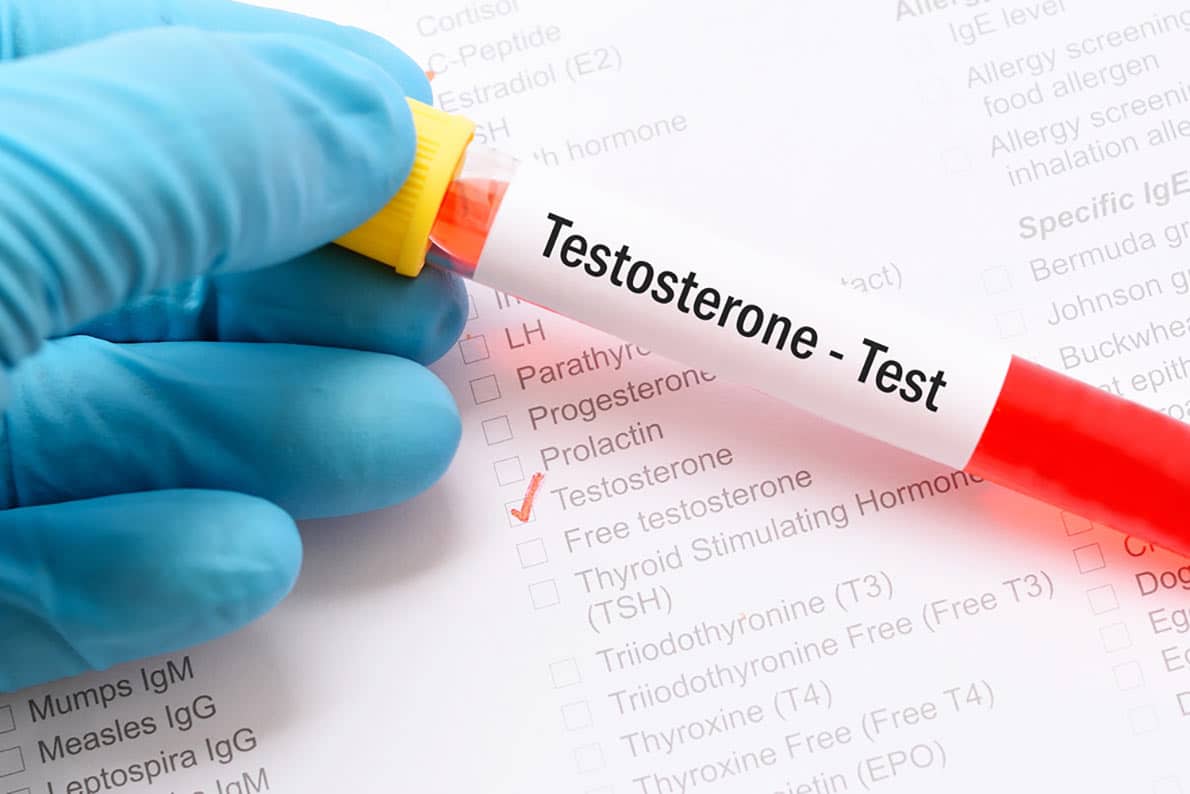If you’ve been wondering about your hormone levels, an at-home testosterone test kit can provide valuable insights into your health. Whether you’re experiencing changes in energy, muscle mass, or mood, understanding your testosterone levels can help you take charge of your well-being. In this guide, we’ll walk you through the process of using a testosterone kit test and interpreting your results.
Why Use an At-Home Testosterone Test Kit?
Testosterone is a crucial male sex hormone that plays a role in maintaining muscle strength, energy levels, and overall health. Imbalances in testosterone can lead to various health conditions, including fatigue, low libido, and difficulty maintaining muscle mass.
Testosterone home testing kits offer a convenient way for men and women to monitor their hormone health without needing a doctor’s visit. These test kits provide a simple way to measure both free testosterone and total testosterone levels from the comfort of your home, helping you identify potential imbalances early.
How to Test Testosterone Levels at Home
Using a testosterone test kit home is a straightforward process, and most kits come with easy-to-follow instructions. Here’s a step-by-step guide to ensure accurate results:
Step 1: Choose a Reliable Test Kit
When selecting a testosterone level test kit, it’s essential to opt for one that is CLIA-certified, meaning it meets high standards for accuracy and reliability. A good test should measure key markers such as:
- Total testosterone test – Measures the total amount of testosterone in your blood.
- Free testosterone test – Measures the testosterone not bound to proteins, which is readily available for use by the body.
- Sex Hormone Binding Globulin (SHBG) – A protein that binds to testosterone, helping regulate how much is available in the bloodstream.
Step 2: Collecting Your Blood Sample
Most home testosterone test kits require a small finger prick to collect a blood sample. Follow these steps to ensure proper collection:
- Wash your hands thoroughly and disinfect your fingertip with an alcohol swab.
- Use the provided lancet to prick your finger.
- Gently squeeze your finger to collect the blood sample onto the designated collection card or vial.
- Allow the sample to dry if required and package it securely as instructed.
Step 3: Sending Your Sample to the Lab
Once you’ve collected your blood sample, place it in the pre-paid return envelope provided with the kit. Your sample will then be sent to a CLIA-certified lab for analysis.
Step 4: Interpreting Your Testosterone Test Measures
After the lab processes your sample, you’ll receive results typically within a few days via email or through an online portal. The testosterone test measures include:
- Normal Testosterone Levels: Healthy levels can vary based on age and sex. In men, normal levels typically range between 300-1,000 ng/dL.
- Low Testosterone Levels: May indicate conditions such as fatigue, low muscle mass, and decreased libido.
- High Testosterone Levels: Elevated levels might suggest underlying conditions such as hormonal disorders or the use of supplements.
If your results indicate irregular hormone levels, it’s essential to discuss them with a healthcare professional for additional testing and further evaluation.

Advantages of At-Home Testosterone Testing
There are several benefits to using a testosterone home testing kit, including:
- Convenience: No need for in-person doctor visits or waiting rooms.
- Privacy: Conduct the test from the comfort of your home.
- Fast Results: Most labs provide results within a few days.
- Early Detection: Monitoring your hormone levels can help detect potential health conditions early.
Who Should Consider At-Home Testosterone Testing?
An at-home test is ideal for:
- Men who are experiencing symptoms of low testosterone, such as fatigue or decreased performance.
- Individuals looking to track their hormone levels as part of a health and fitness routine.
- Those considering hormone therapy and wanting to establish a baseline.
- Anyone seeking a convenient and cost-effective alternative to traditional lab tests.
What to Do After Receiving Your Results
Once you have your results, the next steps may include lifestyle adjustments, medical consultations, or hormone therapy if needed. Some strategies to maintain optimal testosterone levels include:
- Engaging in regular exercise, particularly strength training.
- Maintaining a healthy diet rich in protein and healthy fats.
- Managing stress levels to prevent hormonal imbalances.
- Seeking medical advice if your testosterone levels are significantly out of range.
The Bottom Line
At-home testosterone test kits are a reliable and convenient way to monitor your hormone levels and take charge of your health. By following the steps outlined above, you can easily learn how to test testosterone levels at home and make informed decisions about your health.
If you suspect an imbalance or are curious about your testosterone levels, investing in a testosterone level test kit can be a simple yet effective step toward improving your well-being.



